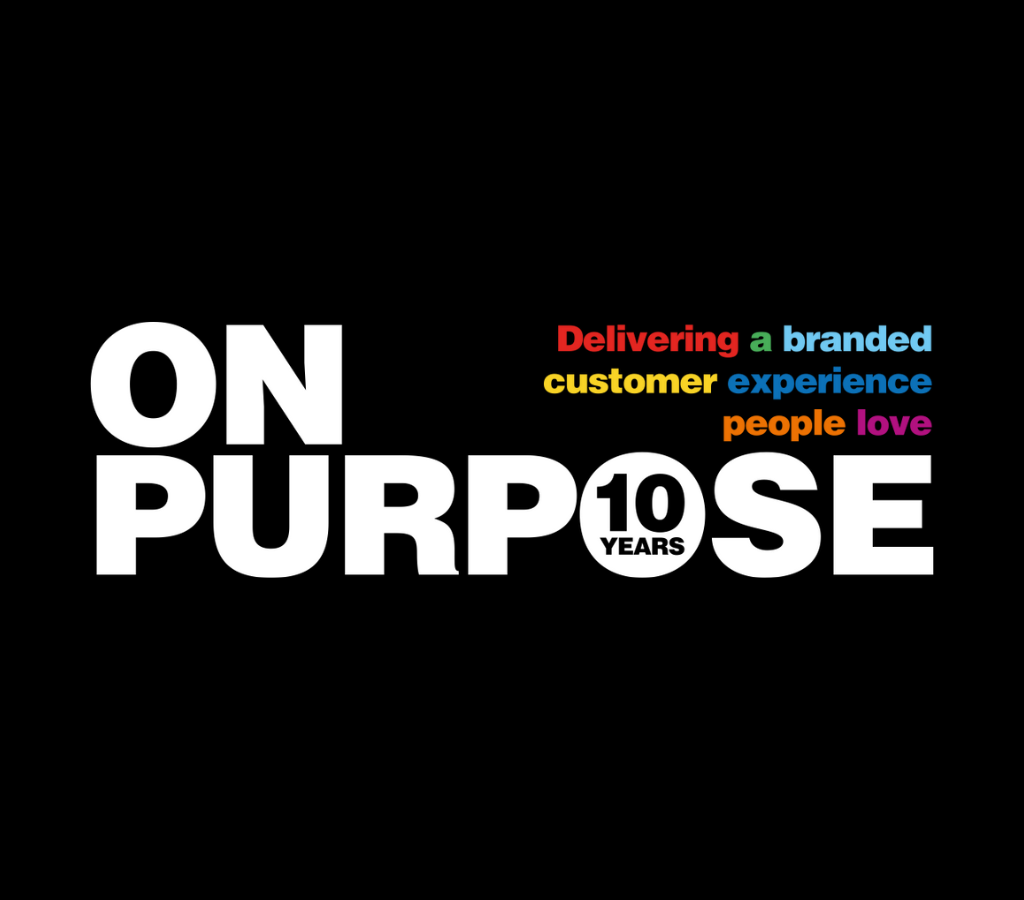To deliver a great customer experience, you must first create an engaging employee experience.
Too many companies are more comfortable with the first four ‘P’s of marketing (Product, Price, Place and Promotion) than they are with the fifth ‘P’ of People.
Over 20 years we have worked with and researched for our award winning and best-selling books leading brands. Brands who create a customer-centric culture by delivering a distinct employee experience.
Here are our five top insights:
1. Put purpose first, then profit.
Most employees do not leap out of bed in the morning excited by the prospect of making more profit for their organisation. Profit may motivate some senior executives, but it rarely does so for front-line staff. (Unless, they are shareholders themselves, as in the case of the John Lewis Partnership.)
What truly motivates employees and boosts employee engagement is feeling they are delivering something of value to customers or colleagues. And that’s often encapsulated in the brand purpose.
That purpose can be ‘delivering happiness’ as in the case of Zappos, or ‘saving the planet’ as in the case of the WWF. People who work for Umpqua – the US community bank know it exists to make ‘customers feel dealing with Umpqua was the best thing that happened today’.
A tall order for any bank, but a powerful pledge to get out of bed for!
2. It starts at the top.
Senior managers need to set the example.
The way they treat employees will affect how employees treat customers. Leaders must reinforce the purpose and values of the organisation. Particularly since there is around an 85% correlation between the way employees feel about the brand they work for and the way their customers do.
Above all, leaders must encourage colleagues to observe and challenge the organisation through customers’ eyes, which strengthens employee engagement and customer focus, and model this same behaviour in their own decision making. The UK high-street chain Timpson is an extreme example of this, empowering its branch managers to do whatever they think is right for the customers. They call it ‘upside down’ management (i.e. not ‘top down’).
3. Hire for attitude.
Find the people who share your values and then teach them the skills they need; not the other way round.
There are many intelligent, well-qualified people out there you could hire, but only a few of them will be the right fit for your brand. Umpqua advertises for employees in retail trade magazines, rather than the financial services press, because in its branches it wants people who understand customer service rather than banking. The banking skills are no issue; they can easily train these.
Hiring for DNA rather than MBA requires clarity about what the brand values are at a deep level, and the resources to then train people with the functional skills.
4. Brand your training.
You can’t achieve exceptional results with unexceptional training.
Your training must be differentiated. It must be your own. Because branded experiences require branded training.
Develop training that teaches people not just what your core behaviours are, but how to live them for customers. Build training that truly enables people to turn company and brand values into competitive advantage. And remember, you can’t simply tell employees what to do to be the best – you must use innovative and engaging approaches allowing them to ‘get it’ for themselves.
5. Create a cult-like culture.
Sustaining a culture is challenging, particularly if you are growing. The leading brands we speak to recognise this, and a common focus among them is the reinforcement of their uniqueness through ‘rites and rituals’.
Zappos encourages their employees to be ‘weird’ which means they organise parties and theme events where people dress up and have fun. The Geek Squad used language and titles such as ‘double agents’ to reinforce the zany culture whose sole purpose is to ‘save your ass’ if your computer should crash.
Creating a culture that your employees live and breathe is key in building a brand that your customers also want to embody.
6. A final note.
These insights apply globally.
We’ve seen examples of brands that focus on purpose beyond profit, hiring for DNA, and encouraging rites and rituals all around the world. Of course, if these practices are fake, fudged, or forced, they become hollow and will not deliver value for your brand. But when they are driven by a common purpose and shared values, and when they create a culture of strong employee engagement, they also result in a ‘wow’ experience for customers.

Double happiness (Shuang Xi). Chinese character double happiness with red color in square shape concept. Chinese traditional ornament design, commonly used as a decoration and symbol of marriage.
And when that happens you get what the Chinese call ‘Shuāngxǐ’ – ‘Double happiness’.
Through more than two decades of work and research we’ve spoken with hundreds of leading brands. Our clients directly benefit from the insights we’ve gained, as we work with them to identify what unites their own employees and customers and align this with their commercial business objectives. We’d love to hear about your unique situation and values, and discuss how we can best align these with your business goals to help you achieve them. We’re ready to chat when you are.
To learn how how leading brands are bridging the gap between internal culture and external customer satisfaction, download our latest white paper: Aligning the Employee and Customer Experience.




